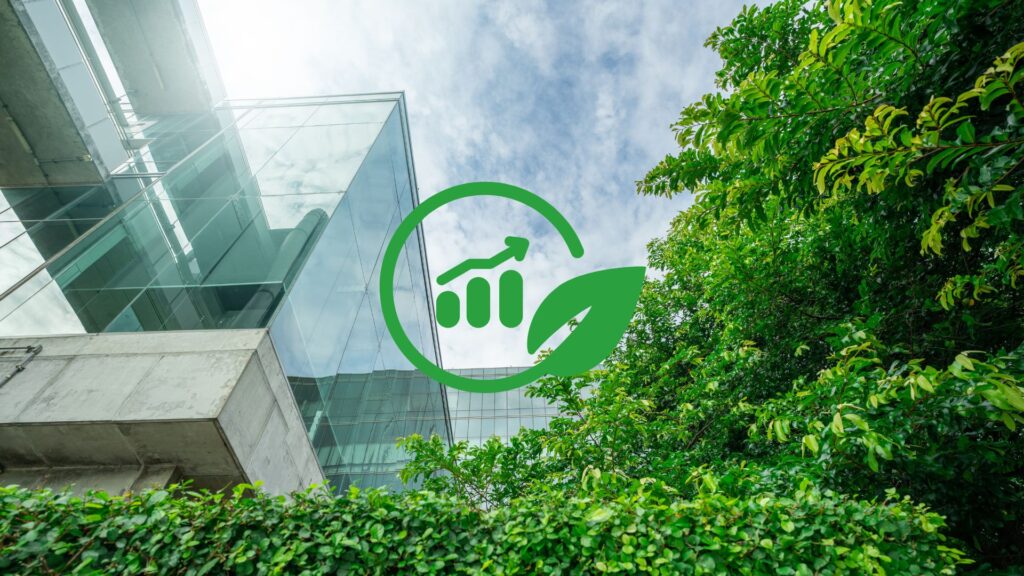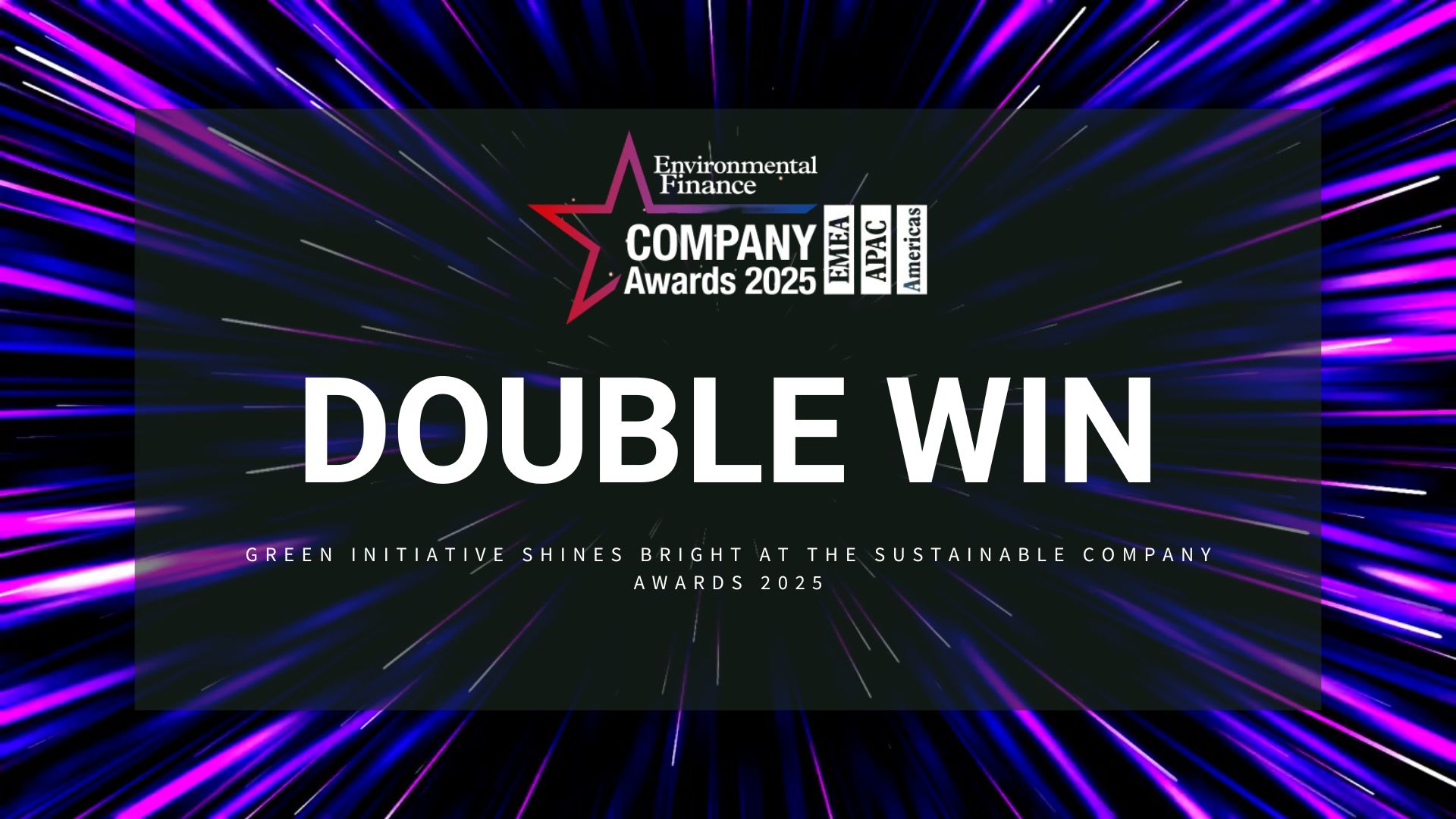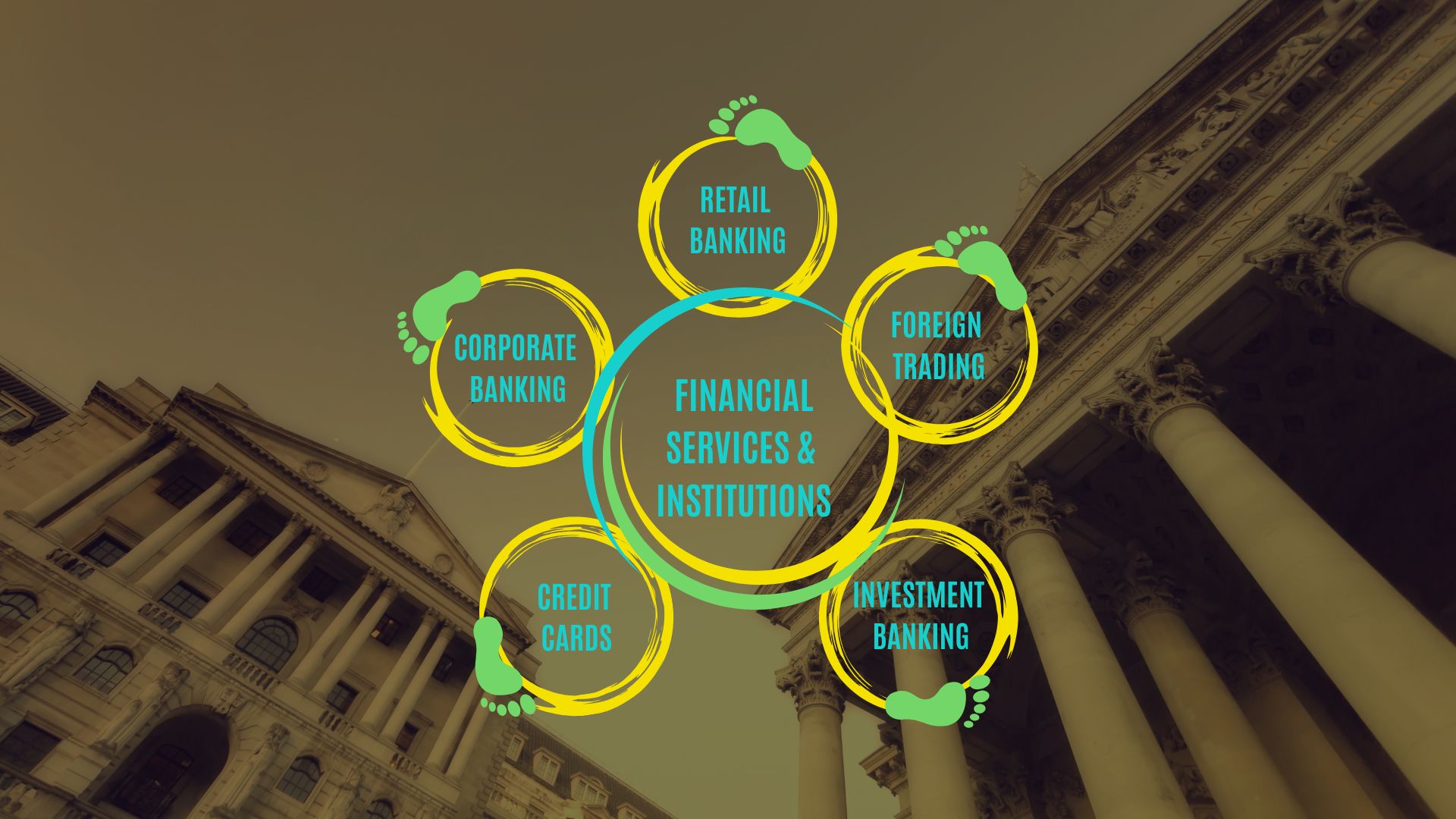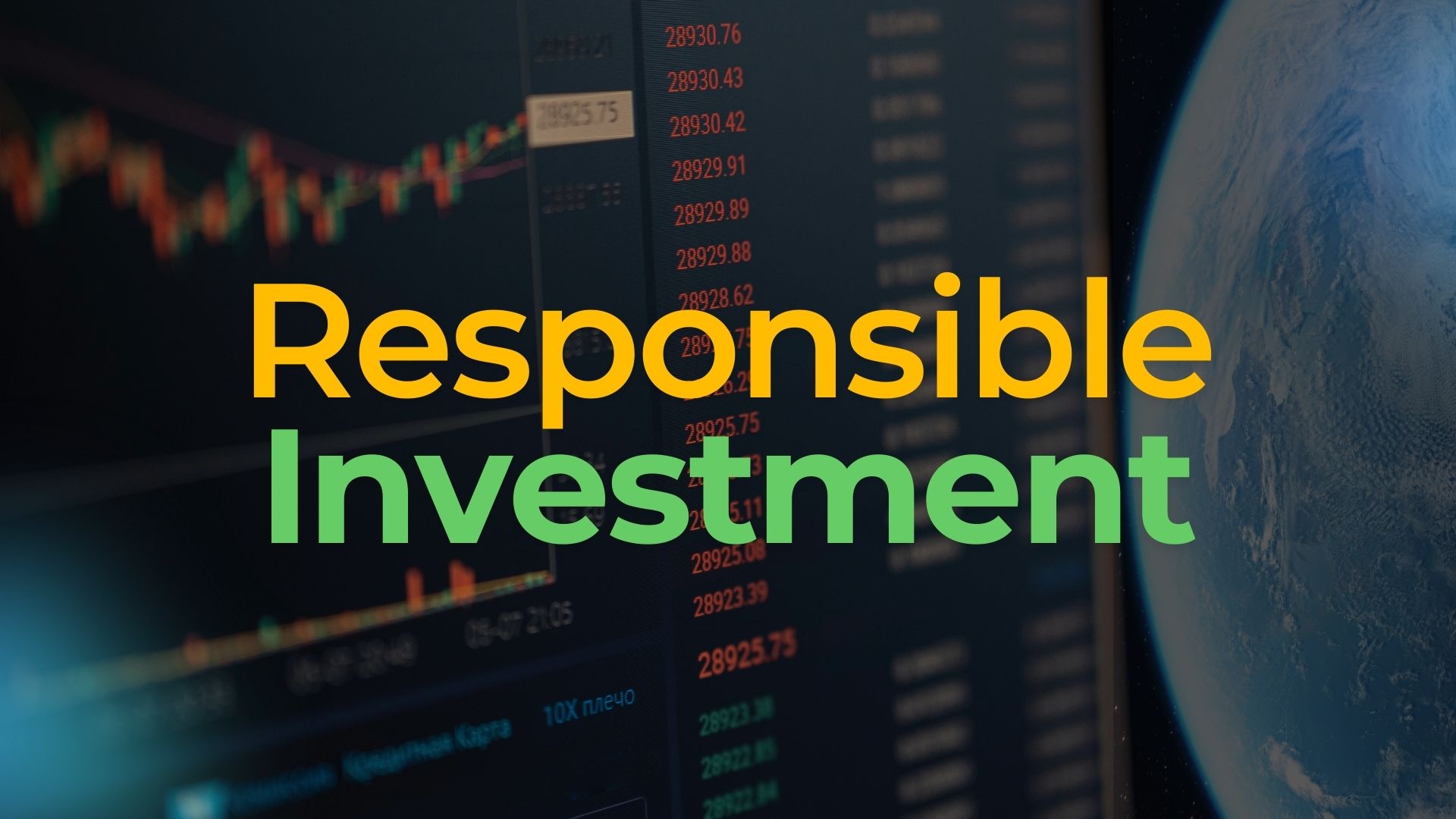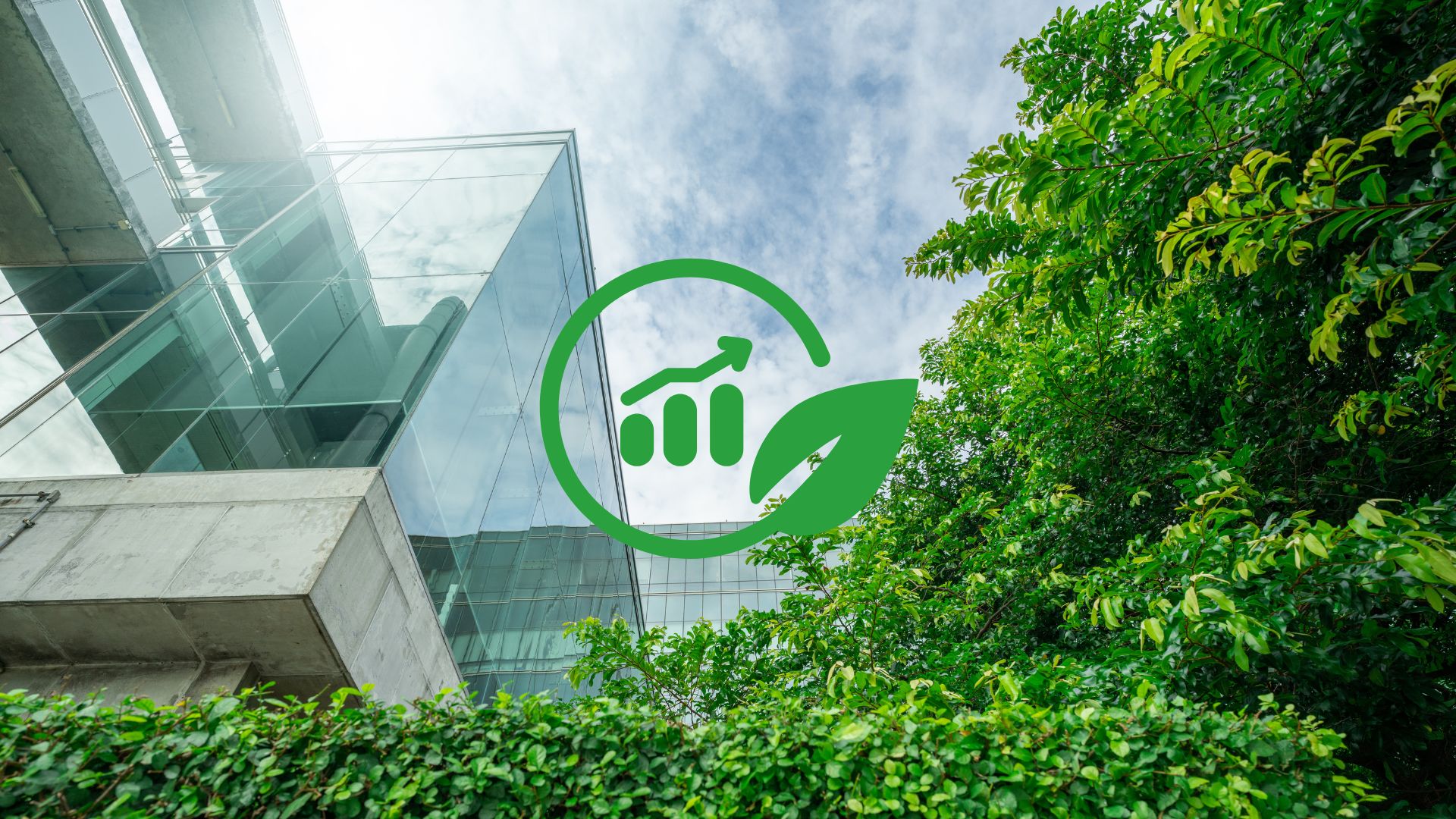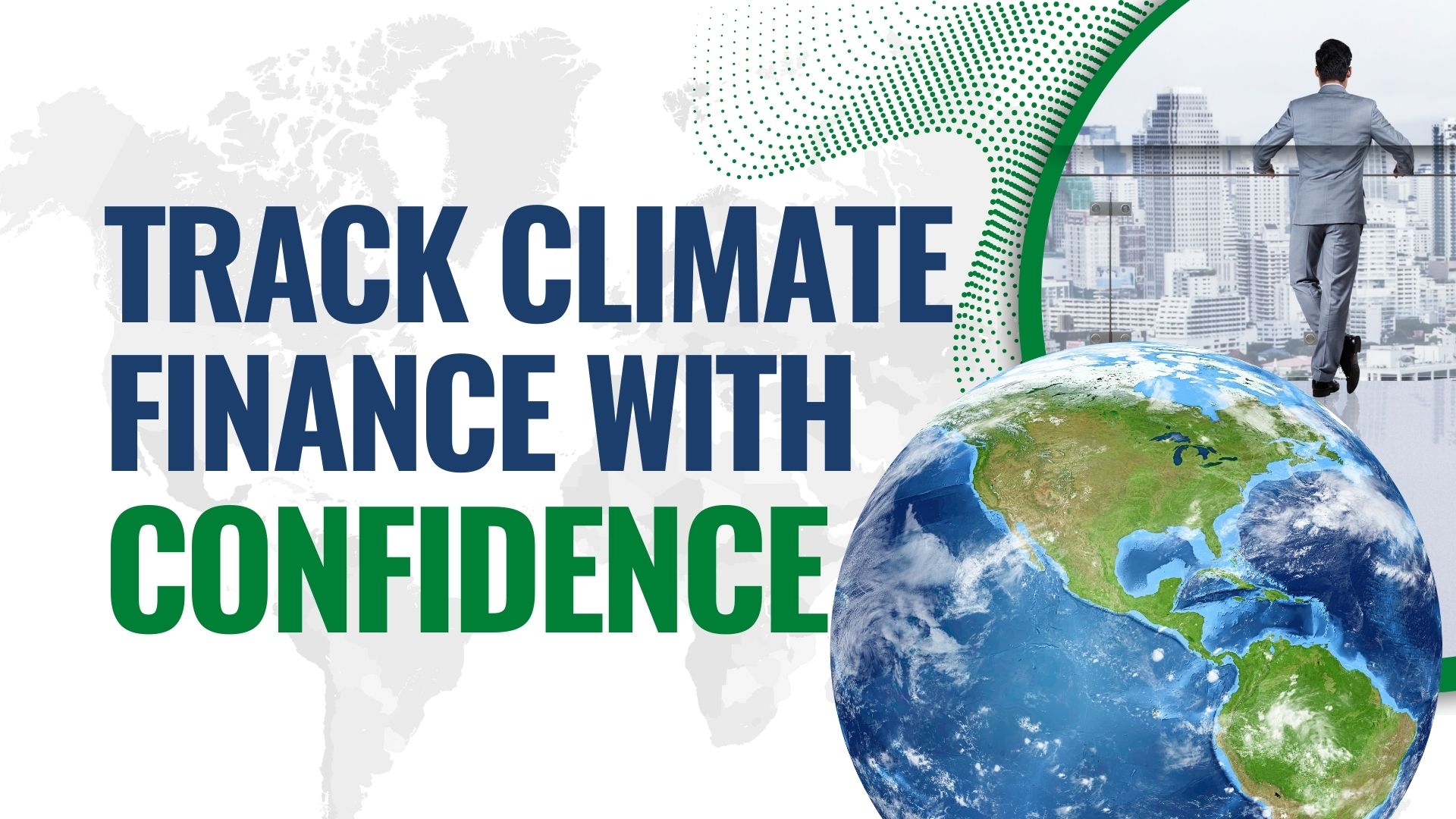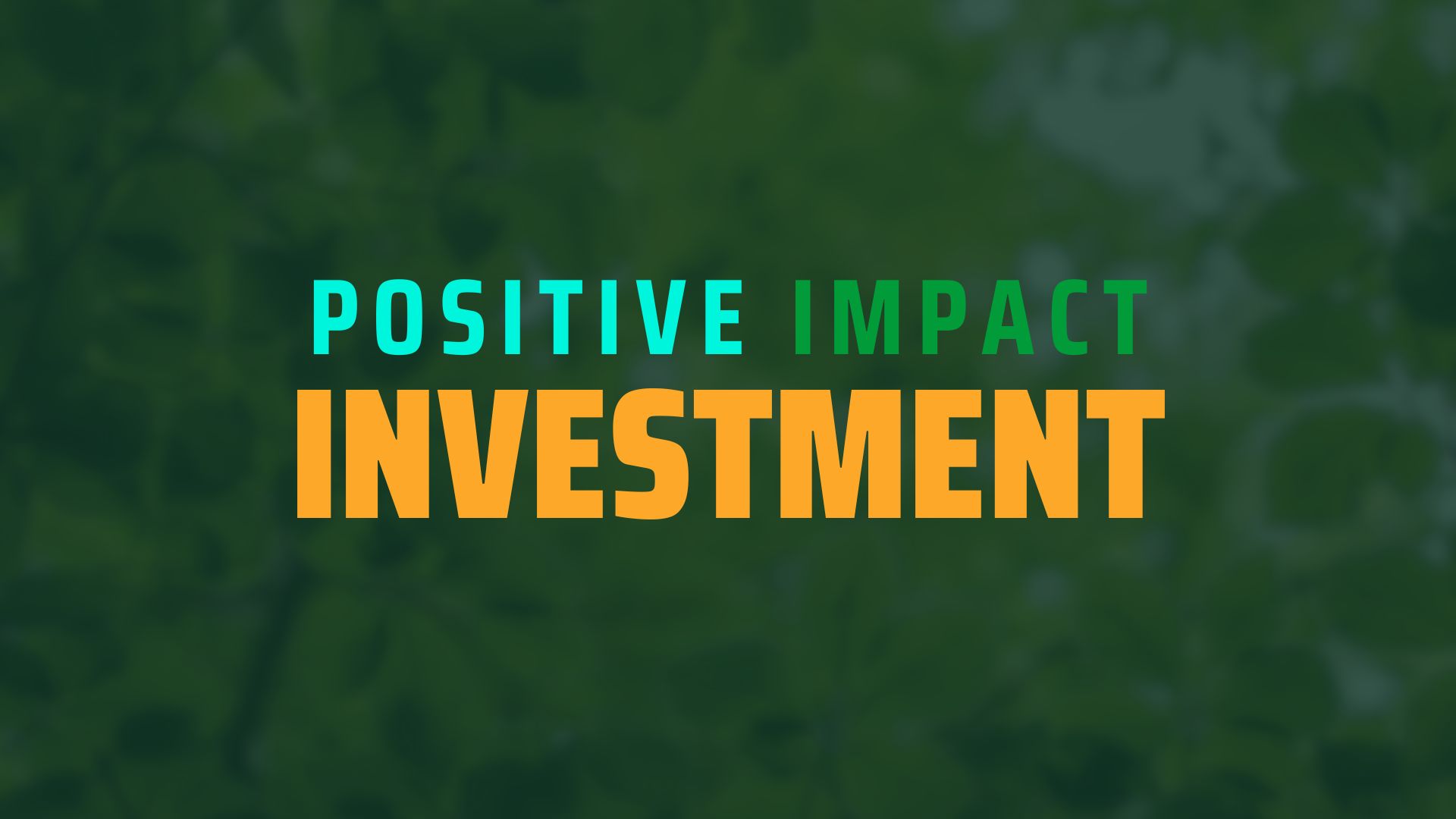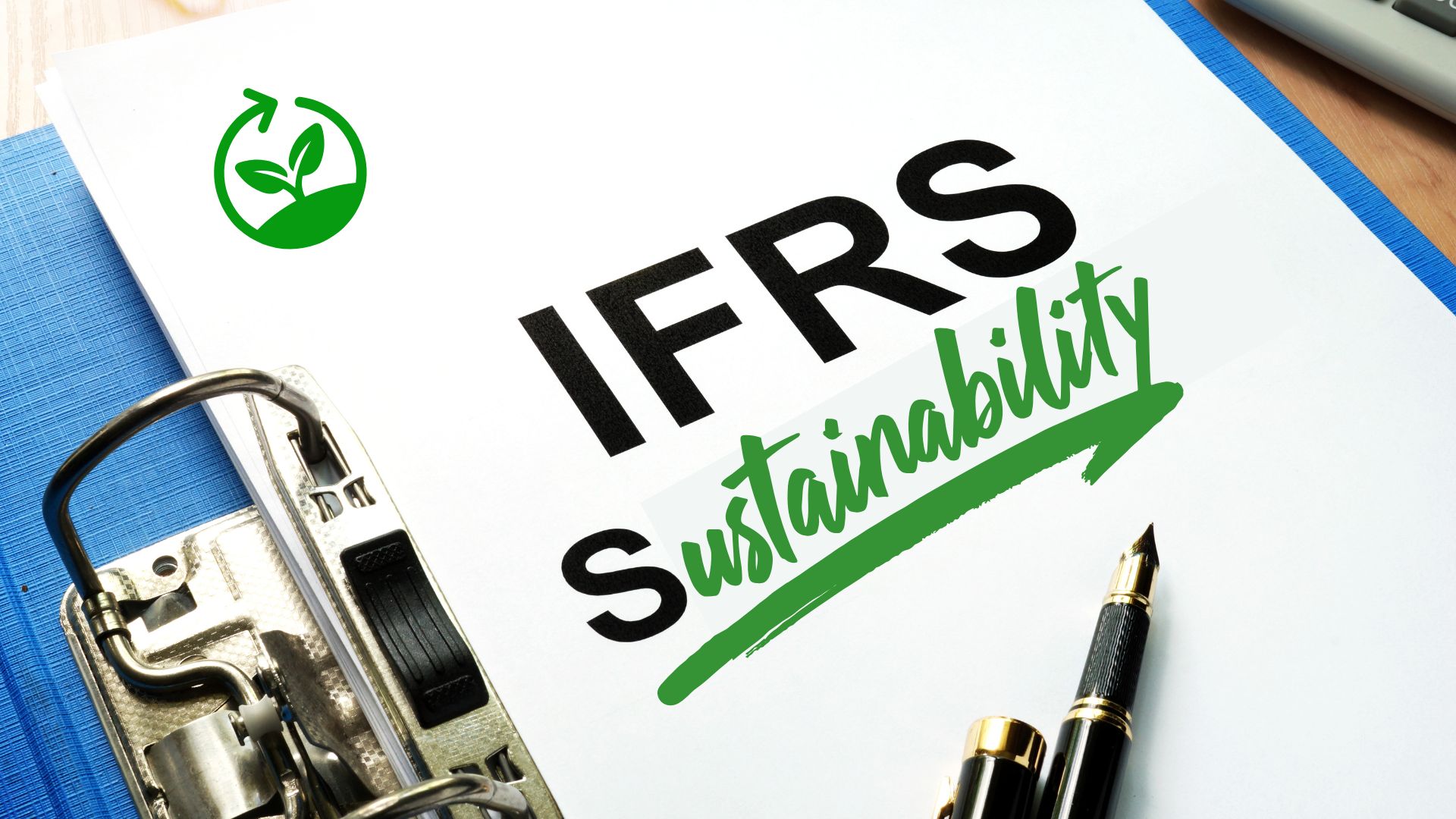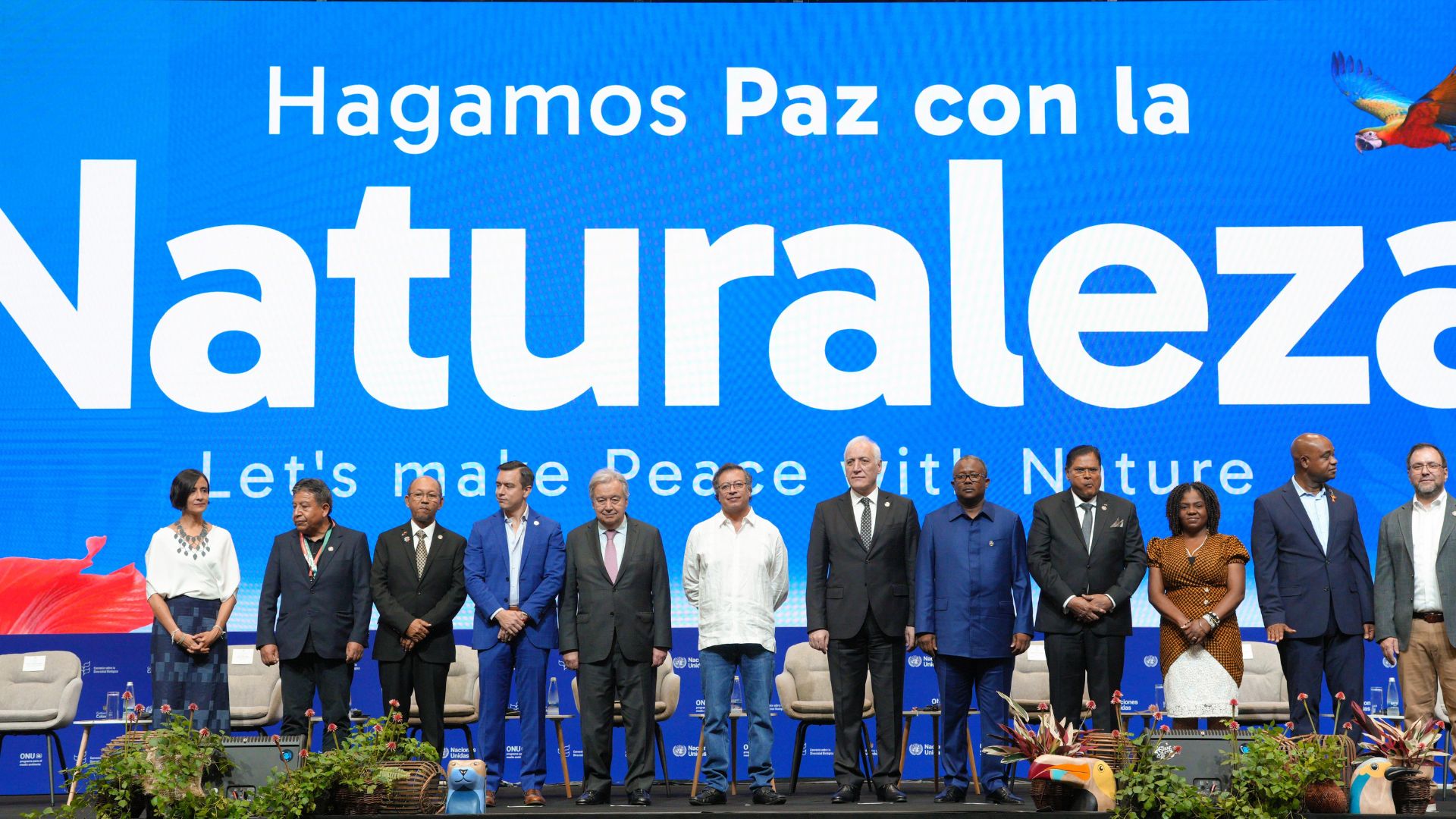Over the past decade, blended finance has become an increasingly relevant tool for scaling development and “de-risking” social and environmentally positive markets to attract private capital. According to the Organization for Economic Co-operation and Development (OECD)1, in 2023, blended finance mechanisms catalyzed the attraction of USD 70 billion to development-linked investments. In this article, we explore what blended finance is in simple terms and how it can support the green economy through decarbonization.

Very different from a carbon tax, blended finance is an entrepreneurial approach that involves public or philanthropic money in a deal’s fundraising efforts, as this extra capital can significantly help reduce risks for private investors. Philanthropic funds are extensively used to fund technical assistance efforts for example, while governments tend to have financial bandwidth and resilience in case the deal doesn’t reach the expected return in the given timeline.
At the same time, private capital is a valuable component of the fundraising aspect of blended finance deals, as it can help close significant funding gaps, and allows asset managers, banks, and other types of private investors to simultaneously build their know-how in development markets and bring an innovative and fast-paced approach to sectors that were previously exclusive governmental responsibility2.
According to the World Economic Forum (WEF)3 , decarbonizing the economy by 2050 will collectively cost $3.5 trillion yearly, which is equivalent to half of global corporate profits and a quarter of world taxes collected. This transition is mainly based on the decarbonization of infrastructure (including energy), which, according to The World Bank is considered high-risk by most private investors and emits 60% of all greenhouse gases yearly4.
In 2024, the World Bank5 released a blog post affirming that throughout the 2013-2023 decade, the average infrastructure deal attracted 40 cents of private capital per 1$ of government or philanthropic money invested: however, the 10% most successful blended finance infrastructure deals attracted up to 2$ of private capital per 1$ in public investments.
But what are the deciding factors, and how can climate mitigation projects and products be framed as highly profitable deals for private investors?

PwC affirms that successfully attracting private capital to net zero infrastructure projects, requires the implementation of clear and consistent government policies that can provide the stability investors seek6 . A practical example is Australia’s recent surge in renewable energy investments. In 2024, Australia committed $9 billion to large-scale wind and solar farms, marking the highest public investment in six years and adding 4.3 GW of new renewable capacity. This significant increase aligns with federal and state policy goals aimed at generating 82% of electricity from renewable sources by 2030.
The passage of the expanded capacity investment scheme, which promises 23 GW of renewable energy and 9 GW of energy storage capacity, has further bolstered investor confidence. Industry experts emphasize that such stable and supportive policies are crucial for maintaining and enhancing investor confidence in the renewable energy sector7 . By the end of 2025, with renewable generation expected to account for around 48% of the energy mix, Australia’s emissions reductions are projected to reach 75 million tonnes annually, representing a 39% decrease in electricity emissions compared to a scenario without renewable growth8.
Green Initiative offers climate certifications and net-zero road mapping services to start-ups, corporations, and institutional investors, which is a form of actionable technical assistance and can be used to facilitate the decarbonization of a variety of existing and upcoming energy and infrastructure projects. With its clients, Green Initiative is determined to contribute to a net-zero economy by 2050 and strengthen the green transition for a climate-positive economy. Visit greeninitiative.eco to learn more about existing projects.
[1] OECD (2025), Mobilised private finance for development
[3] WEF (2022), Transitioning to the green economy will cost the world another $3.5 a year
[4] The World Bank (2023), The Power of Private Capital in Sustainable Development
[5] The World Bank (2024), How blended finance can reorient cautious private investors to infrastructure
[6] PwC, Achieving Net-Zero Infrastructure
[7] The Guardian (2025), Australia’s Investment in Large Scale Wind and Solar hits six-year Peak
[8] Australia’s Clean Energy Council (2024), Emissions Reduction Delivered by Renewable Energy

